As a homeowner, it’s not uncommon to have a seemingly endless wish list of design enhancements or improvement projects. The problem is that it can be a real struggle finding like minded artisans that you trust enough to undertake such projects in your own home. We were lucky enough to stumble across one such artisan after visiting XIX Studios, a beautiful photo/film/event space in Glassell Park, CA that was designed by Joshua Kartsch. We were able to track Josh down and eventually enlisted him to do some projects in our home. His wonderful aesthetic & craftsmanship finally helped to realize some of the design plans we’ve had for our space over the years. The Poetry of Living sat down with Josh at our favorite treat and coffee shop in Pasadena (Little Flower Candy Company) to chat with him about his burgeoning design company and approach.
How long have you been doing JNK Arts?
7 years under my own company.
Tell me about your background and what got you started in Design?
I come from a Fine Art background. I went to art school in New York City but before that I got a Bachelors Degree in Art. I was an Undergrad at Muhlenberg College in Allentown, PA and assistant to Scott Sherk, who was my professor at the time. We worked together on some art projects. One of the projects we built was a Japanese hut without using nails. It was in an exhibition at the Allentown Art Museum. Then I went to work for Chris Cairns, a sculptor, for 2 years in Philadelphia as an apprentice. I learned a lot about bronze casting and really how to draw. I learned drawing, painting and sculpture during those years. Then went to NYSS for a year and studied sculpture. After that I went back to Philadelphia and worked with the Art Department at Haverford College when I attended graduate school for sculpture.
What lead you from Fine Arts into Design?
When I went to graduate school, the Art & Architecture departments were very connected. So I learned a lot about the principles of architecture plus my Dad was a carpenter growing up so that kind of blended everything together. I learned so much about architecture that when I came out here I quickly realized that I could build things and make a living at it. All of my art had an architecture design push behind it. I was trying to bring art into building. It was how I approached design.
Let’s talk about XIX Studios. How did you hook up with them?
That’s probably the biggest project I’ve worked on so far. I knew Jeremy and Claire Weiss from doing work with them over the past 5 years. It started from something as simple as building them a fence to slowly building a relationship. It was the best 4 months I’ve had on a project because it allowed me to really focus on design rather than building everything myself. I was able to oversee the work and watch the process of my vision develop. Everything I’ve learned over the past years I put into that project. We were able to collaborate on it but Jeremy and Claire were so busy working that most of it was done through text. They happened to be working on this job in Nashville so there was a lot of Americana and wood influences there which Jeremy would send me pictures of and I’d translate that into what he wanted in the studio.
You’ve worked with a lot of reclaimed wood, do you make a conscious effort to be sustainable or is it more of a design choice?
I do and I don’t. Personally I think there is a lot of reclaimed wood work going on right now so I try to steer away from it when I can but I’m good at it and I think I try and do something unique with it even though it’s very popular. I try and do subtle little patterns within the wood and not just have it be a panel…like at XIX Studios where we worked the “X I X” roman numerals with wood into the bar design. I’m also really interested in blending reclaimed wood with new material and having those two things work against each other. If you look at XIX Studios, there was a lot of wood but there was also a lot of concrete, so it was a play between two elements. It really just depends on whether the client is willing to go there or not.
What part of the overall process is most exciting to you?
The beginning: meeting the client, discussing the project, brainstorming and visualizing what could happen. The end is also fun because you see the final result of what you visualized. But the beginning is the best because I love meeting new people and I love the visualization of a project. I think I’m really good at that and I try to help my clients see things that maybe they normally might not of seen. That’s most exciting: meeting new people, seeing spaces and seeing what potential exists in that space and then transforming it.
Do you ever have a specific purpose when designing?
It has to work for the client. Before looking good it has to work in the space and has to be something that affects the client in some way. The client needs to love being in the space with whatever it is I’m designing. That’s the most important part: affecting the space and the people within it.
Who or what are some of your design influences?
I generally like a lot of Japanese architecture and design. They work a lot with wood and other natural elements in a very simple way. I also like Modernist painters so I draw my inspiration not only from other designers but art as well. Some Japanese Interior Designers I like right now are Jamo Associates. Some abstract painters such as Barnett Newman and Sol LeWitt and contemporary artists like Ariele Alasko and Andrea Zittel also influence me.
What’s a favorite piece you’ve created in your own home?
I just moved and right now I’m building a new kitchen banquette and patterning the wood in a real cool way, using old flooring.
What do you like most about working with clients?
I’d say actualizing what a client wants and maybe pushing it even farther, making it more than what they expected. Ultimately I want to make my clients happy.
How has your father influenced you?
He taught me how to build everything. He was cool too because he showed me some basics but then allowed me to build on my own. I was using a saw at a very young age. He would show me how to use it then he’d let me do it myself. That was really helpful in learning how to use equipment. We also never had all the tools – it was more bare minimum. We had to be inventive and solve problems with minimal resources sometimes. You can do a lot with simple materials and choices you make in designing.
Where do you see yourself in 3 years?
I want to see myself just designing. I love overseeing and finding great craftsmanship. I feel like I’m really great at conceptualizing and dealing with people, choosing materials and would love to do that full time. Being the project manager and designer so I’m in the space overseeing the job — it’s great watching it unfold in front of you. At XIX Studios I was there every day to watch it develop and problem solve. It really helps if you are there with the contractor or builders. My background helps as I know how to speak the language of building…so it’s easier to communicate with contractors and such.
Visit JNK ARTS on Facebook.
Photos by: Gina Cholick
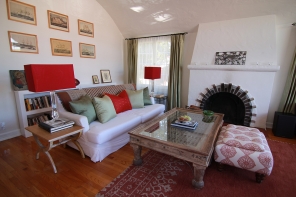
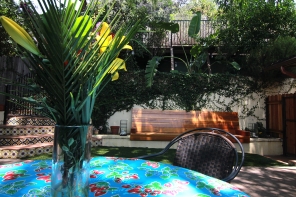
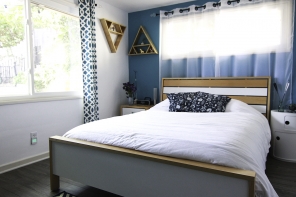
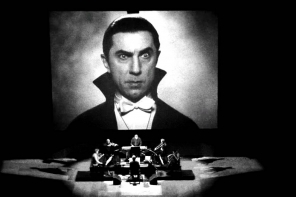
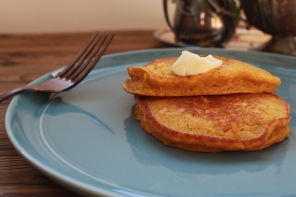
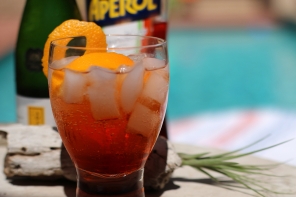
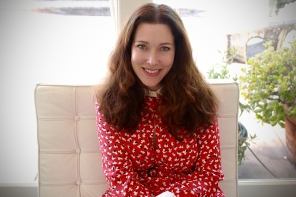
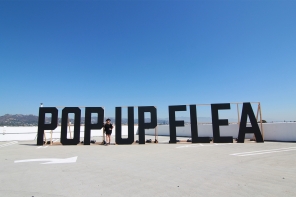
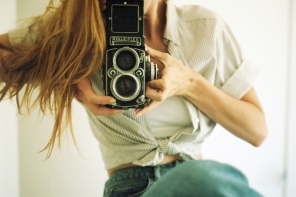
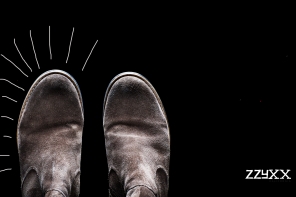
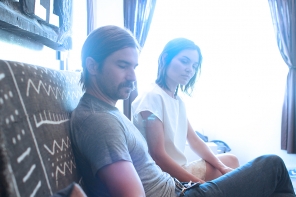
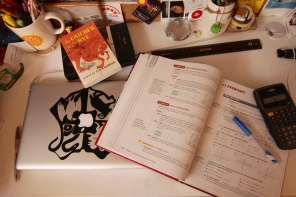
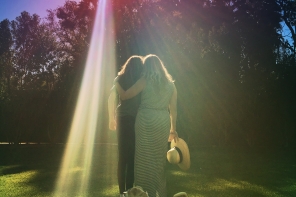
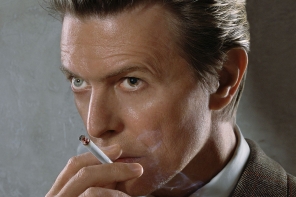












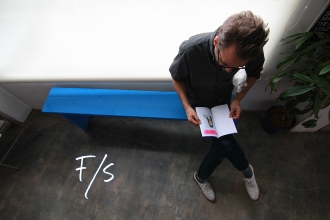
Thank you so much Kelly… beautifully written. I love working with you guys.
Great interview with an awesome designer, craftsman, artist and person! Thanks so much!
Hey Joshua!!
Awesome to see this!!
You are a talented and skilled young man…
Glad to have met you sir!
I’m really glad you are with G!!
She is the best , as are you with her!
B
Josh is the best!
Josh really is the best